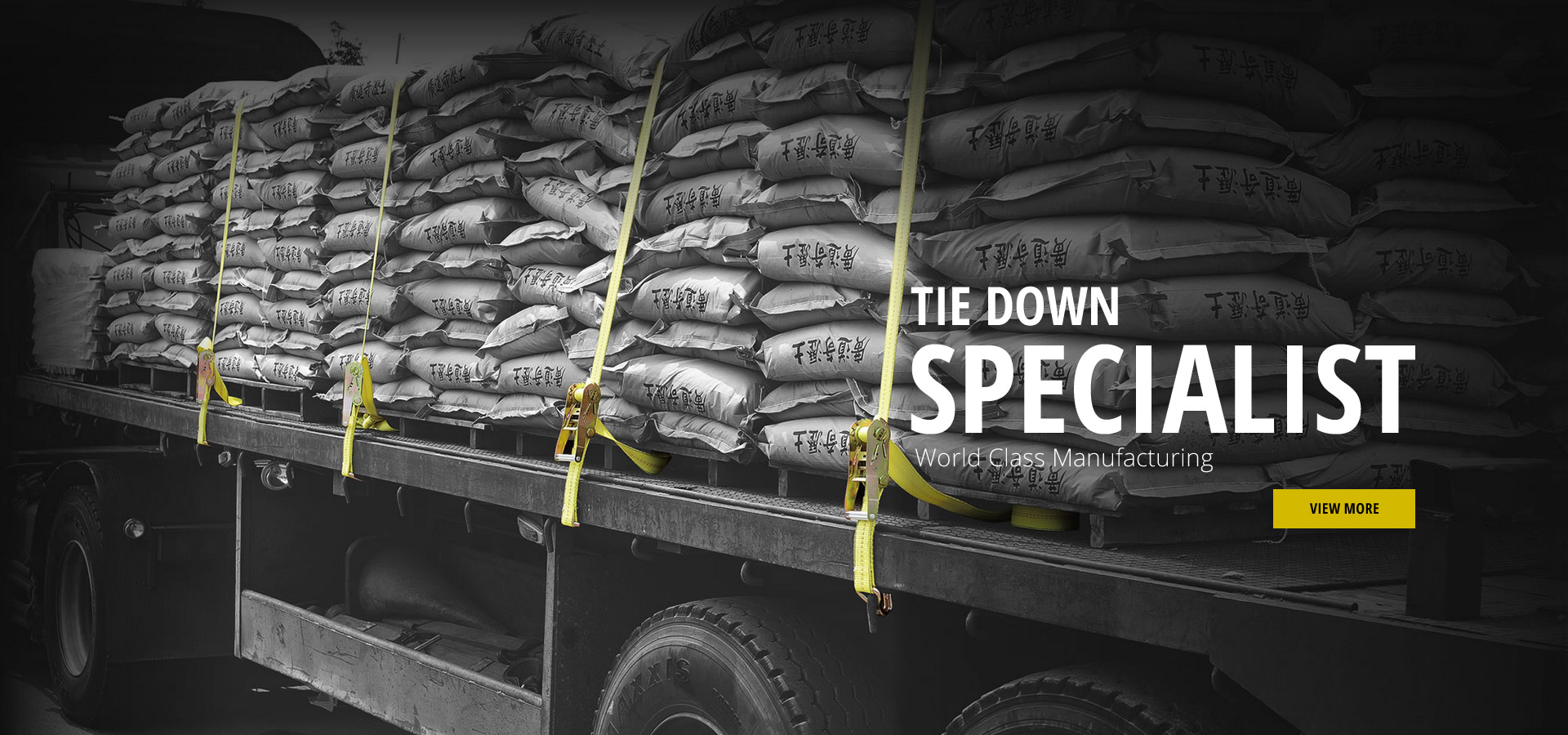Effective Techniques for Steel Post Bracing to Enhance Structural Stability and Support in Construction
Understanding Steel Post Bracing An Essential Component in Structural Integrity
In the world of construction, ensuring the structural integrity of buildings and structures is of paramount importance. One of the key strategies employed in enhancing this integrity is the use of steel post bracing. This article explores the concept of steel post bracing, its applications, advantages, and considerations in modern construction practices.
What is Steel Post Bracing?
Steel post bracing refers to the use of steel members, typically in the form of rods or angles, that are strategically placed to provide lateral support to vertical posts or columns. This bracing system helps to counteract lateral forces that could lead to instability or collapse. Lateral forces can arise from various sources, including wind loads, seismic activity, and accidental loads. By effectively managing these forces, steel post bracing plays a crucial role in the safety and durability of structures.
Applications of Steel Post Bracing
Steel post bracing finds its applications across a wide range of structures, including residential buildings, commercial centers, and industrial facilities. It is particularly prevalent in structures that span large areas, where the potential for lateral movement is greater. Bracing systems may be incorporated into various construction types, including frames, trusses, and shear walls.
In addition to new construction projects, steel post bracing is also utilized in retrofitting existing buildings to improve their resilience against environmental forces. For example, older structures may require bracing systems to comply with updated building codes or to enhance their ability to withstand seismic events.
Advantages of Steel Post Bracing
steel post bracing

One of the primary advantages of steel post bracing is its strength-to-weight ratio. Steel is a highly durable material that can withstand significant loads while remaining relatively lightweight. This characteristic facilitates easier installation and minimizes the overall weight of the structure while maintaining its integrity. Furthermore, steel can be prefabricated, allowing for quicker assembly on-site and reducing construction timelines.
Another significant benefit is the versatility of steel bracing systems. They can be designed to meet specific engineering requirements and aesthetic preferences. For instance, architects and engineers can tailor the size and shape of the braces to fit the design of the building while ensuring functionality. Additionally, steel can be galvanized or coated to resist corrosion, making it suitable for various environments.
Considerations in Using Steel Post Bracing
While the benefits of steel post bracing are clear, there are important considerations to keep in mind. Proper design is essential to ensure that the bracing system can adequately carry the anticipated loads. Engineers must conduct thorough calculations and analyses to determine the appropriate configuration and materials needed for each unique project.
Moreover, the installation of steel post bracing requires skilled labor and adherence to safety standards. Improper installation can compromise the intended benefits and lead to structural failures. Therefore, it is essential to engage qualified professionals with experience in steel construction and bracing systems.
Conclusion
In conclusion, steel post bracing represents a vital component in the realm of structural engineering and construction. Its ability to provide lateral support enhances the safety and longevity of various structures, ensuring they can withstand the forces of nature and other external pressures. As construction technologies advance and the demand for resilient buildings rises, the role of steel post bracing will continue to be significant. By understanding and utilizing this essential system, engineers and architects can create safe and sustainable structures that stand the test of time.
-
Weatherproof Plastic Expansion Anchors for OutdoorKabarJun.06,2025
-
Sustainability in the Supply Chain: Eco-Friendly TEK Screws ProductionKabarJun.06,2025
-
Load-Bearing Capacity of External Insulation FixingsKabarJun.06,2025
-
Double Head Bolts: Enhancing Efficiency in Industrial MachineryKabarJun.06,2025
-
Corrosion Resistance in Chipboard Screws: Coatings for Wholesale DurabilityKabarJun.06,2025
-
Butterfly Toggle Bolts : Enhancing Structural ResilienceKabarJun.06,2025
